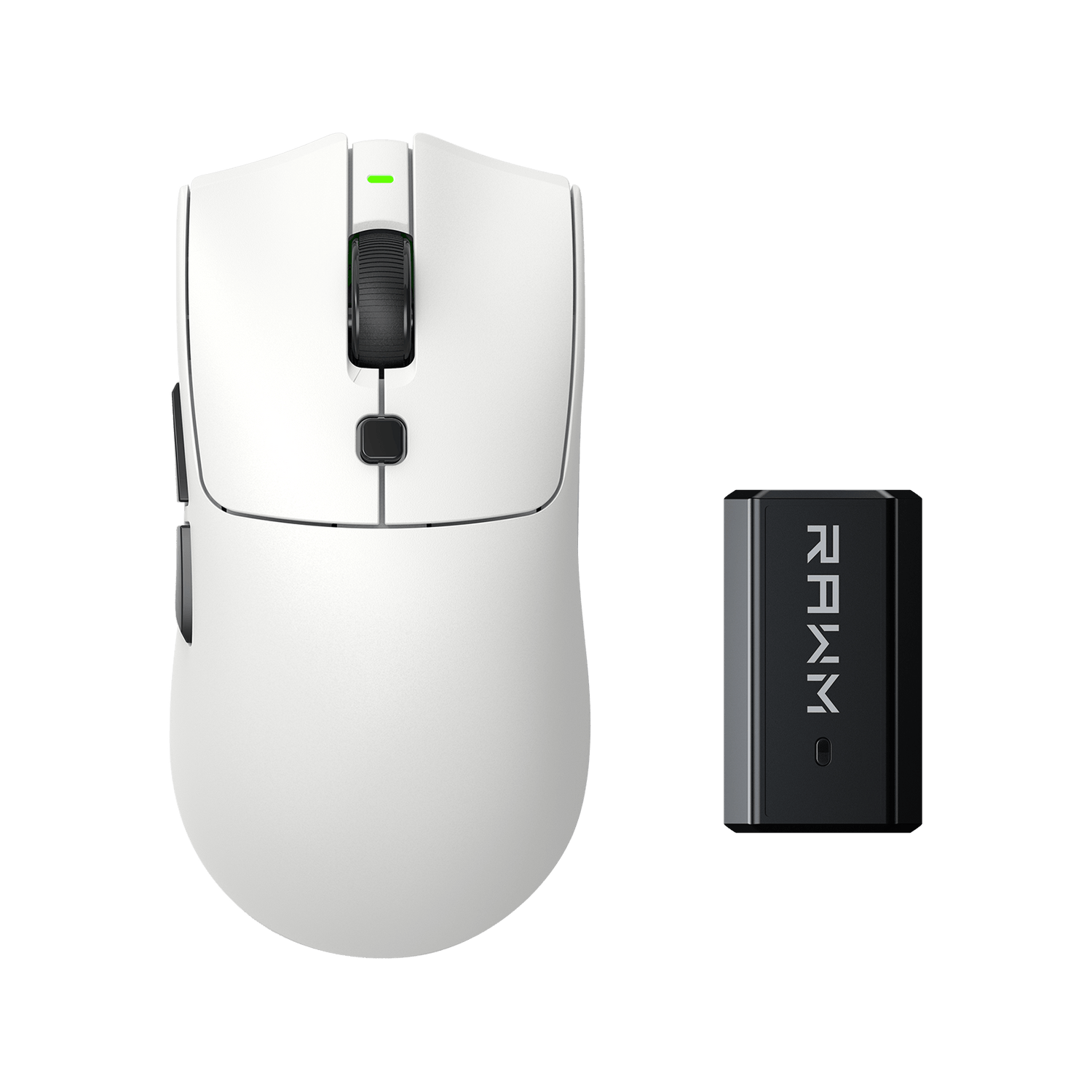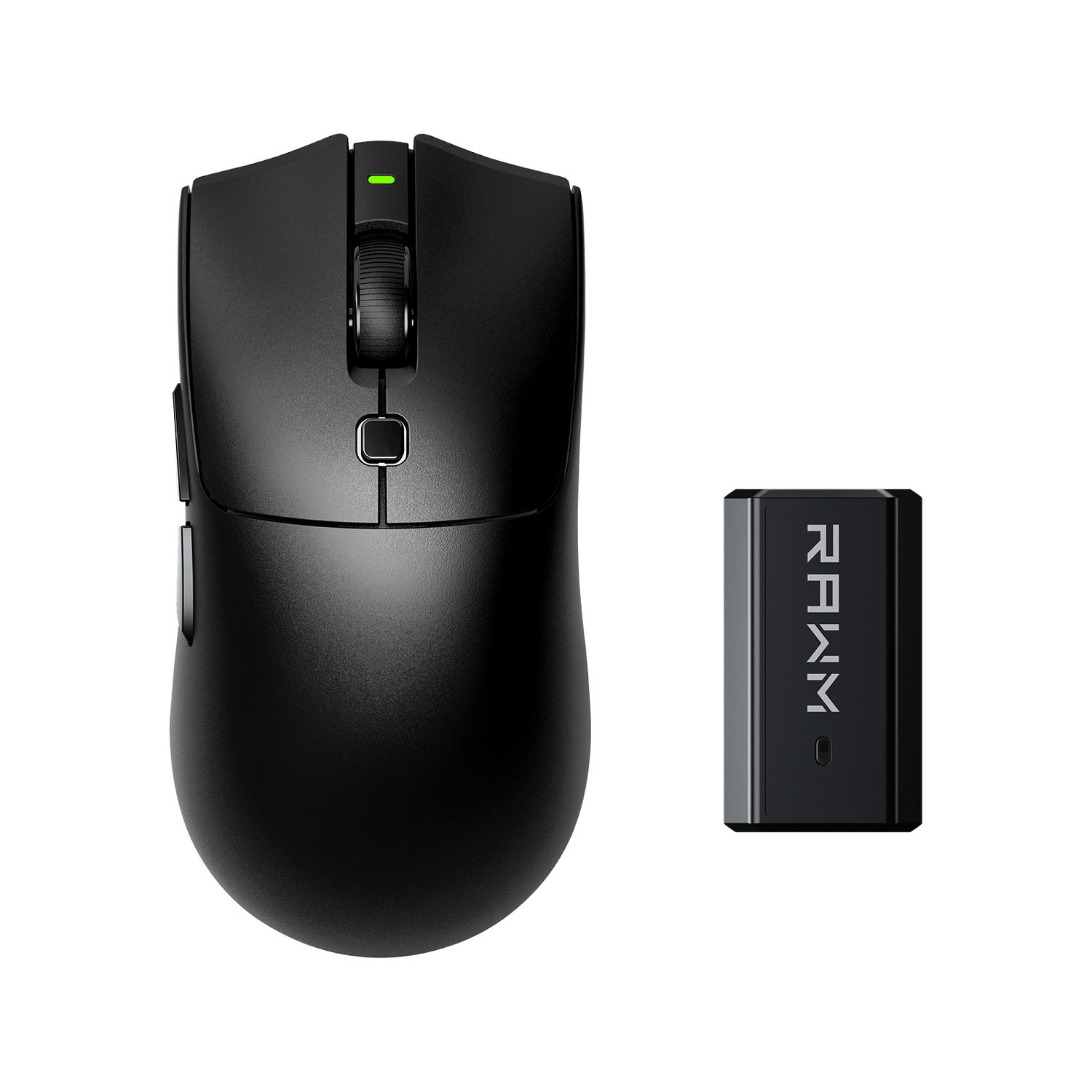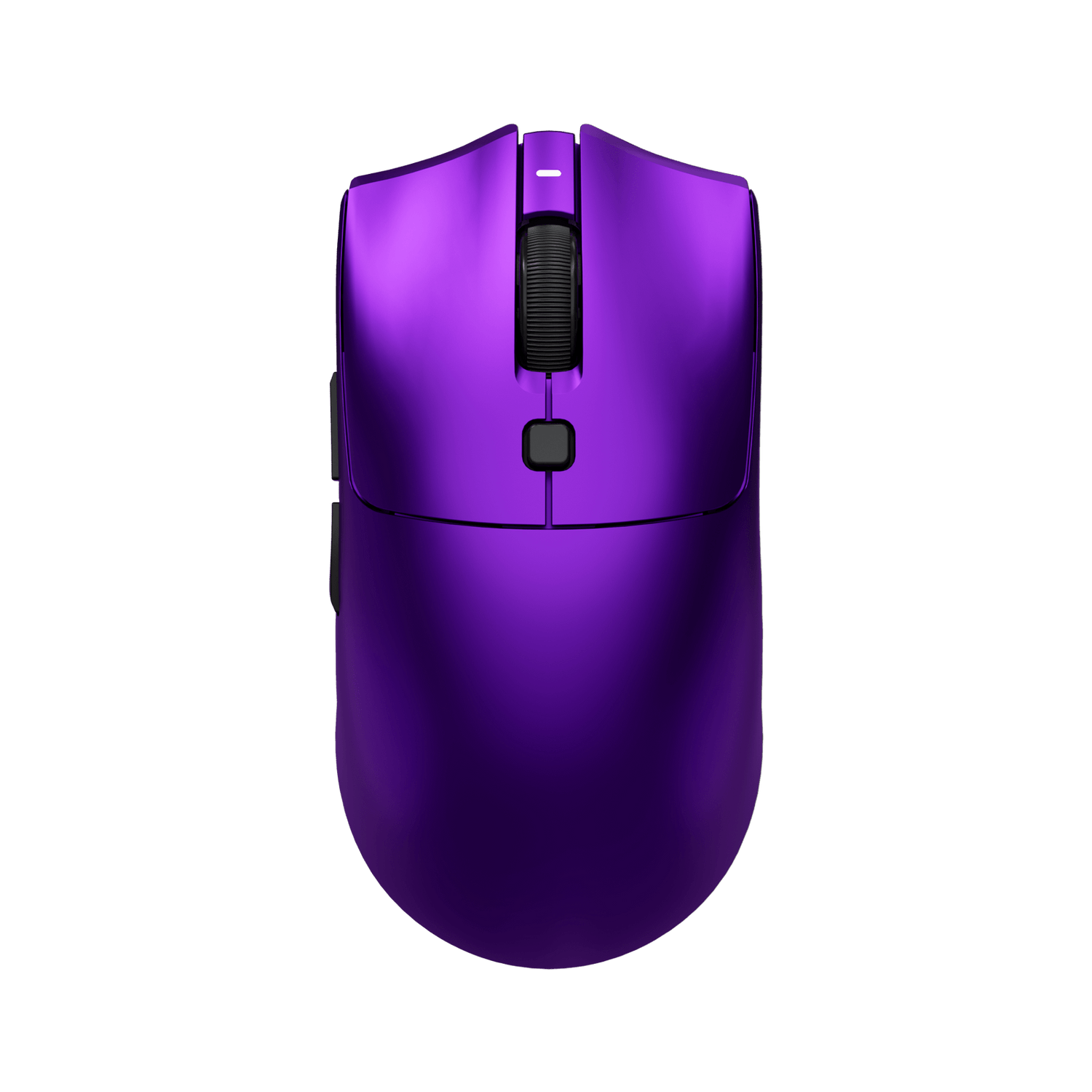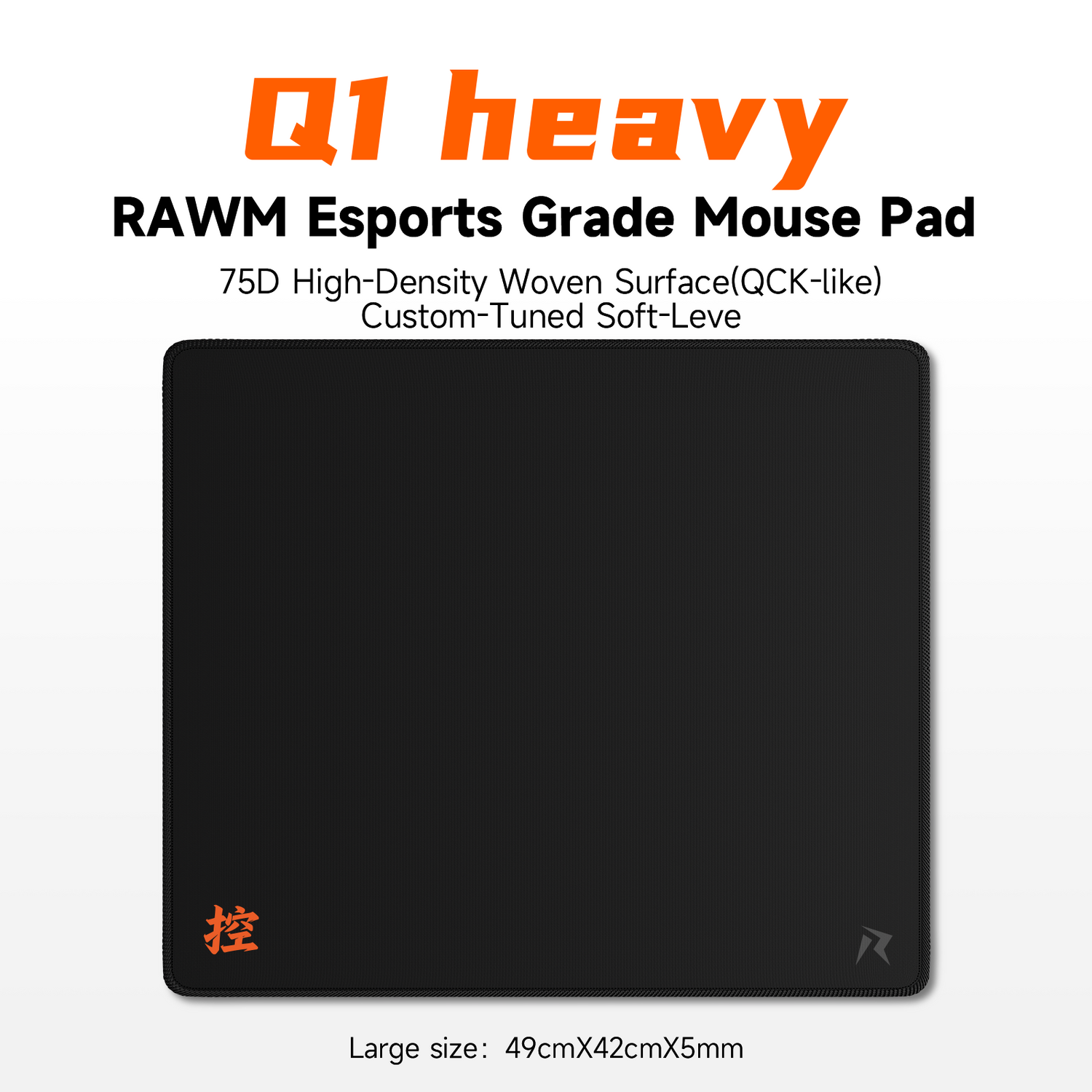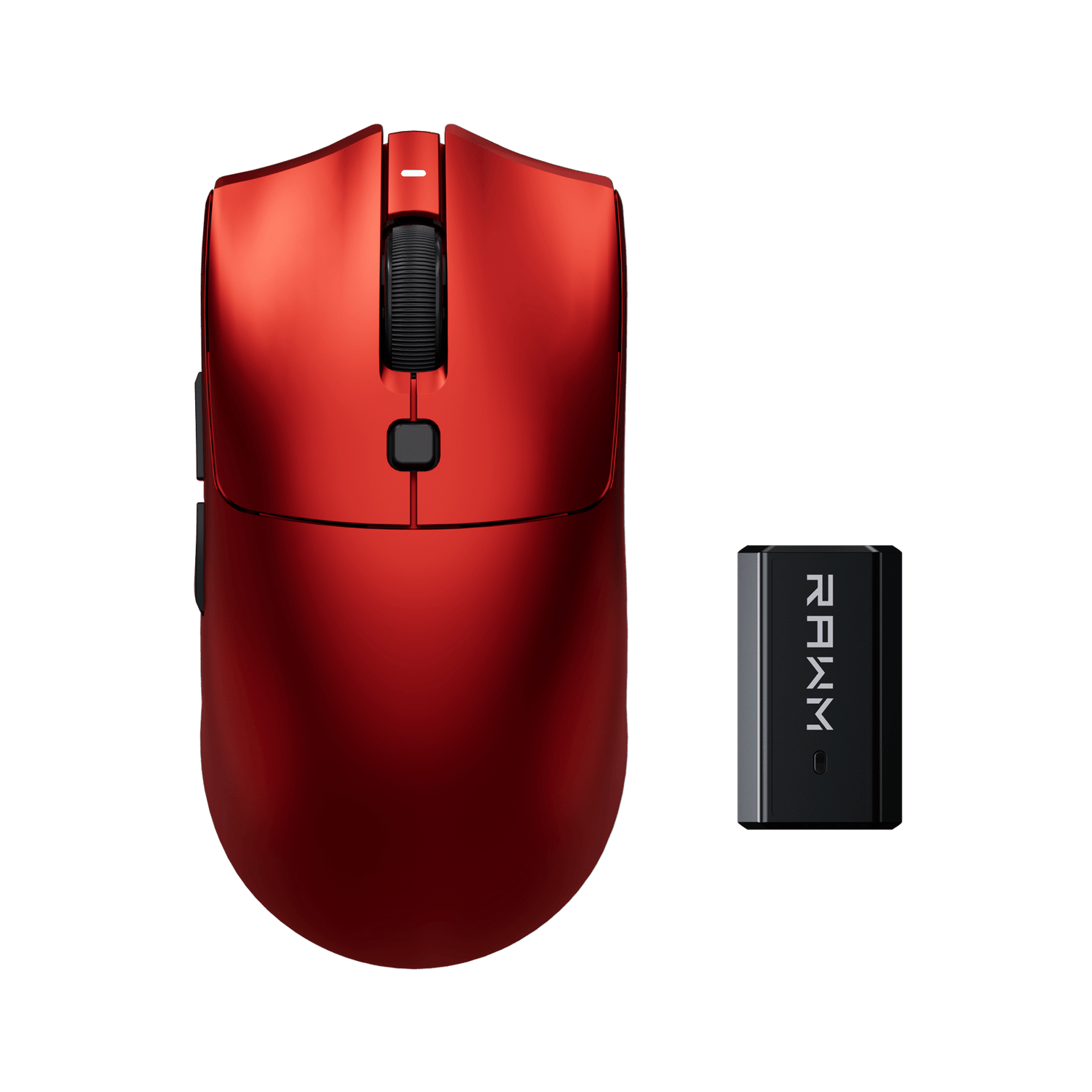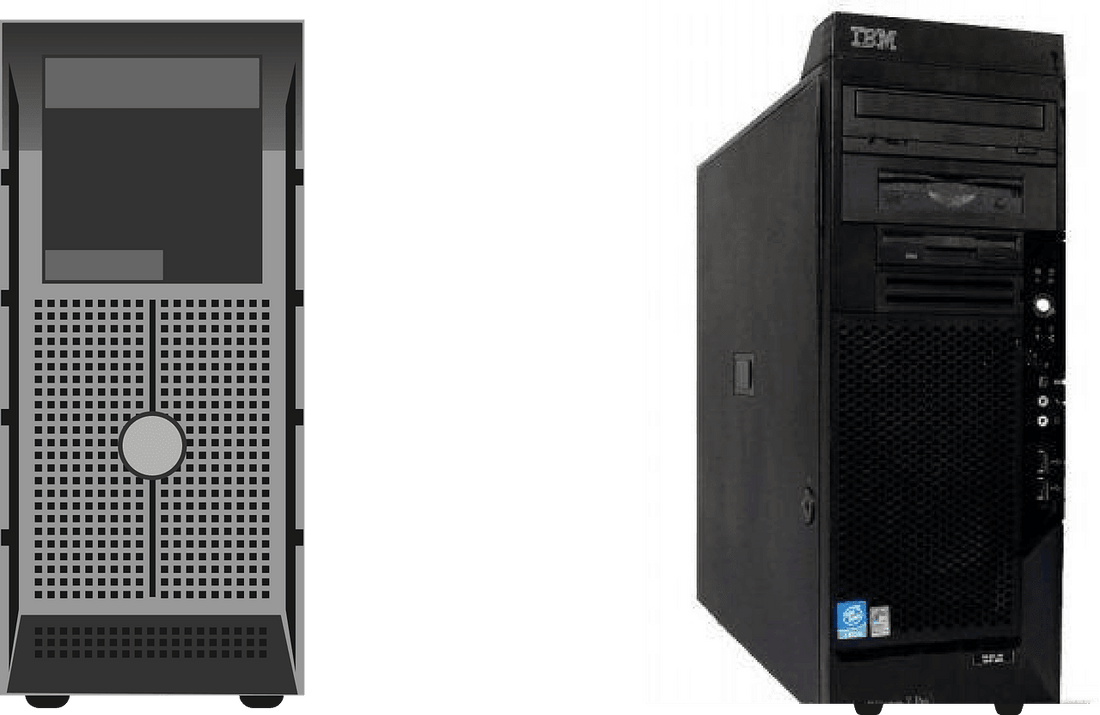
Power Supply Sizing Guide: How to Choose the Right Power Supply for Your PC
- 1. What is a Power Supply Unit (PSU)?
- 2. How to Use a Power Supply Calculator
- 3. Factors to Consider When Choosing a Power Supply Unit
- 4. Common Mistakes to Avoid When Choosing a Power Supply
When building or upgrading a PC, one of the most crucial components to consider is the power supply unit (PSU). A properly sized PSU ensures your computer runs smoothly, powering all your components safely and efficiently. To make sure you select the right PSU for your needs, using a power supply calculator can help you determine the correct wattage and specifications.
Let's walk you through how to use a power supply calculator, what factors to consider when choosing your PSU, and the importance of selecting the correct wattage to avoid system instability and potential hardware damage.
1. What is a Power Supply Unit (PSU)?
Understanding the Role of a Power Supply Unit
The power supply unit (PSU) is the heart of your PC’s electrical system. It takes the electricity from your outlet and converts it into the DC (direct current) power needed to run your computer’s components. Without a reliable PSU, your computer could suffer from power-related issues, such as:
-
Unexpected shutdowns
-
Component damage
-
Instability during high-performance tasks
The Importance of Correct Wattage
Choosing the correct wattage for your PSU is crucial because if the PSU is underpowered, it may not deliver enough power to all your components, leading to system instability. On the other hand, choosing an excessively high-wattage PSU could lead to unnecessary energy consumption, though it typically doesn’t harm your system.
2. How to Use a Power Supply Calculator
What is a Power Supply Calculator?
A power supply calculator is an online tool that helps you estimate the wattage required for your system based on the components you use. By inputting the specific hardware details of your PC, such as the motherboard, CPU, GPU, RAM, and other peripherals, the calculator provides an accurate wattage estimate for the power supply you need.
How to Use the Power Supply Calculator
-
Input Your Components: Enter the specifications of your PC components into the power supply calculator, including:
-
CPU: The power required by your processor.
-
GPU: The power consumed by your graphics card.
-
RAM: The total memory your PC uses.
-
Storage Devices: HDDs or SSDs.
-
Peripherals: Additional components like fans, cooling systems, etc.
-
-
Review the Suggested Wattage: The tool will calculate the total wattage required for your system, including some overhead for future upgrades or overclocking.
-
Check PSU Efficiency Ratings: Most calculators also provide recommended PSU efficiency ratings, such as 80 PLUS Bronze, Silver, Gold, or Platinum.

3. Factors to Consider When Choosing a Power Supply Unit
While a power supply calculator can give you a good estimate, several other factors should be considered when selecting your PSU.
1. Wattage Capacity
Choosing the right wattage capacity is key. Here’s a general guideline based on the power requirements of your system:
| PC Build Type | Recommended PSU Wattage |
|---|---|
| Basic Office/PC Build | 300W – 400W |
| Mid-Range Gaming Build | 500W – 650W |
| High-End Gaming Build | 750W – 1000W |
| Extreme Workstations | 1200W+ |
2. Efficiency Rating
The efficiency rating of a PSU indicates how effectively it converts power from the outlet into usable power for your components. A higher efficiency rating means less energy is wasted, resulting in lower energy bills and less heat output.
-
80 PLUS Bronze: 82% efficient.
-
80 PLUS Silver: 85% efficient.
-
80 PLUS Gold: 87% efficient.
-
80 PLUS Platinum: 90% efficient.
-
80 PLUS Titanium: 94% efficient.
3. Modular vs. Non-Modular PSUs
-
Modular PSUs allow you to detach cables you don’t need, improving airflow and cable management.
-
Non-Modular PSUs have all cables permanently attached, which can make cable management more challenging, but they are typically cheaper.
4. Build Quality and Brand Reputation
Opting for a well-known brand with a good reputation ensures the quality and longevity of your power supply unit. Brands like Corsair, EVGA, and Seasonic are widely recognized for their reliable PSUs.
4. Common Mistakes to Avoid When Choosing a Power Supply
1. Underestimating Power Requirements
One of the most common mistakes is underestimating the power needs of your system. Undersized PSUs can lead to system crashes, instability, and, in some cases, even hardware damage. Always account for additional components or future upgrades.
2. Focusing Only on Wattage
While wattage is important, it's not the only factor. Make sure you consider efficiency ratings, modular design, and the PSU's overall build quality, as these factors can influence the performance and lifespan of the unit.
3. Overestimating Wattage Needs
On the other hand, choosing an excessively high-wattage PSU can lead to wasted energy, though it generally won’t harm your system. Still, it's advisable to choose a PSU that matches your needs without overdoing it.
Choosing the Right Power Supply Unit for Your PC
Choosing the right power supply unit (PSU) is critical for the stability and longevity of your computer. Using a power supply calculator is an effective way to determine your power needs based on your system’s components. By considering factors like wattage capacity, efficiency rating, and PSU quality, you can ensure that your system runs smoothly and safely.
Recap of Key Points:
-
Wattage Capacity: Choose a PSU with sufficient wattage for your build, with some overhead for future upgrades.
-
Efficiency Rating: Opt for a PSU with a higher efficiency rating to minimize energy waste.
-
Modularity: Choose modular PSUs for better cable management and airflow.
By following this guide, you’ll be able to confidently select the best power supply unit (PSU) for your needs, ensuring optimal performance and reliability.
>>See also Understanding Sizes and Layouts of PC Cases >>>>>




